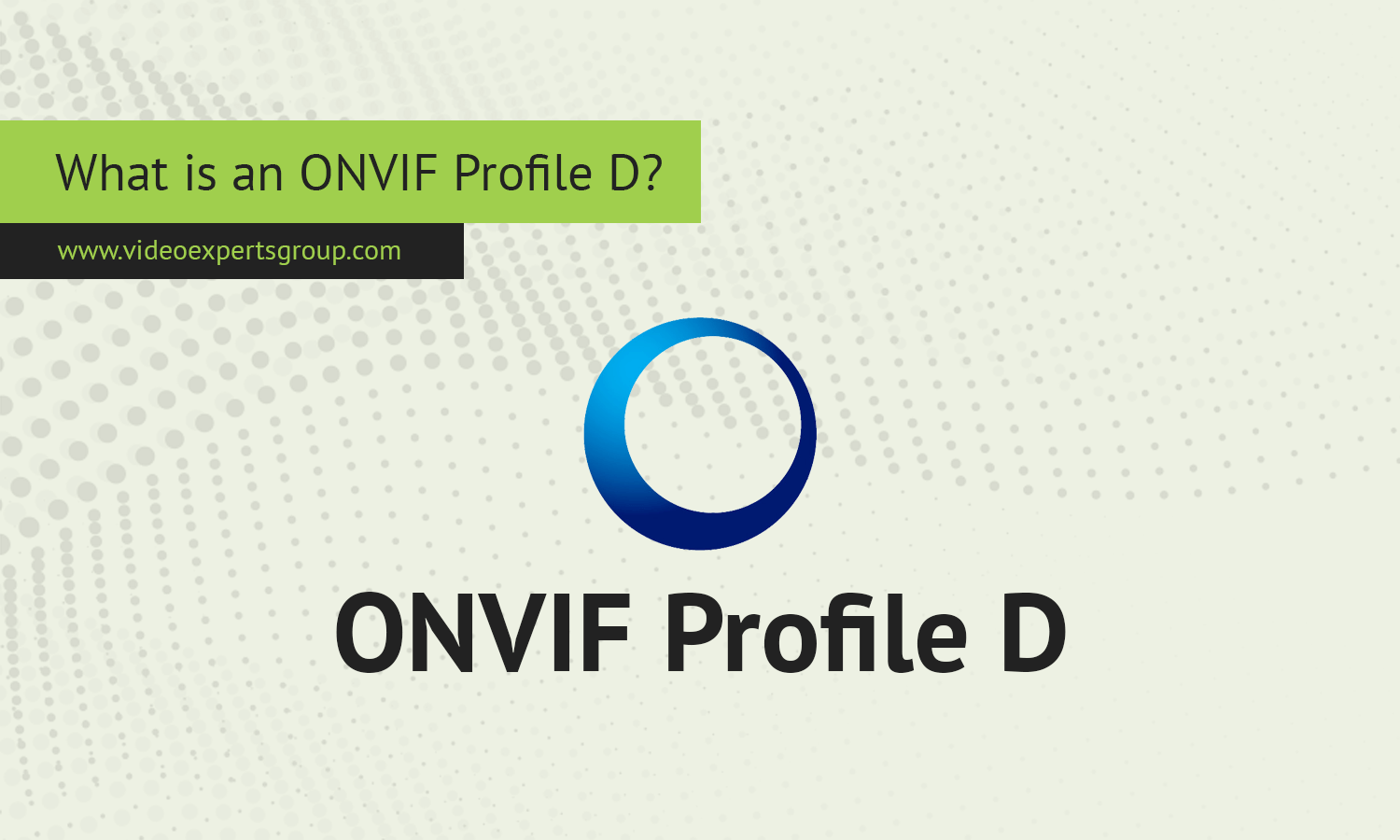As security systems evolve, so does the need for more integrated and interoperable solutions. ONVIF (Open Network Video Interface Forum) has been instrumental in standardizing communication between security devices. One of its specialized profiles, ONVIF Profile D, focuses on interoperability for door control units and intercom systems. This profile ensures that access control systems, particularly door units, can seamlessly work with video management and other physical security systems from different manufacturers. By creating a common communication framework, Profile D allows businesses to implement flexible, secure, and scalable entry control solutions.
Meaning
ONVIF Profile D is a specification designed to ensure compatibility and communication between door units and other access control systems, such as video intercoms and security management software. In the context of security systems, a door unit is any hardware that manages physical access points, such as doors, gates, or barriers. This profile specifically caters to the integration of these door systems with video-based surveillance or access systems, making it possible to monitor, control, and communicate with entry points remotely.
Profile D facilitates communication between door entry systems, including video intercoms, and other networked devices, allowing seamless interaction between different systems. For example, a visitor can request access through a video intercom, and the security team can monitor the interaction and grant or deny entry, regardless of the brand of the hardware or software being used.
ONVIF profiles
| ONVIF Profile | Focus | Key Functionalities |
|---|---|---|
| Profile S | Video Streaming | - Video and audio streaming - PTZ (Pan-Tilt-Zoom) control - Event handling for video surveillance systems |
| Profile G | Edge Storage | - Video recording, searching, and playback - Local storage management for edge devices |
| Profile C | Access Control | - Physical access control systems (PACS) - Credential and door control - Event handling for access systems |
| Profile A | Advanced Access Control | - Access control configuration - User and credential management - Access policy creation |
| Profile T | Advanced Video Streaming (H.265) | - Support for H.265 and H.264 video encoding - Motion detection - Metadata streaming (e.g., heat maps) |
| Profile Q | Quick Device Setup | - Fast, easy device installation - Discovery, configuration, and management for quick system setup |
| Profile M | Metadata and Analytics | - Metadata streaming - Video analytics (e.g., object detection, behavior analysis) |
| Profile D | Access Control for Door Units | - Door entry systems and intercoms - Communication between video intercoms and PACS |
This table summarizes the core purpose and capabilities of each ONVIF profile, helping security integrators choose the right profile for their surveillance and access control needs.
Specification
ONVIF Profile D outlines specific functionalities and technical requirements that ensure smooth operation between door control units, intercom systems, and other security devices. Some of the key specifications include:
-
Device Discovery and Registration: Devices that support Profile D can be automatically discovered and registered within a larger access control or video management system. This allows for easy integration of new door control units or intercoms, streamlining installation and setup processes. Once connected, these devices can be managed from a centralized platform.
-
Access Request Handling: Profile D enables the management of access requests, typically initiated through a door unit or intercom system. For instance, when a person presses a button on a video intercom to request access, the system can process the request, record the video feed, and allow the security personnel to communicate with the visitor before granting or denying access.
-
Communication with Surveillance Systems: One of the strengths of Profile D is its ability to integrate door control units with networked video systems. This specification enables real-time communication between the door unit and surveillance cameras or video management software (VMS), allowing operators to view live video, log interactions, and control access points.
-
Two-Way Audio and Video Support: Profile D supports two-way audio and video communication, which is crucial for intercom systems. Security personnel can engage in conversations with individuals requesting access and make informed decisions by viewing live video feeds from the door unit. This feature improves the overall security and ensures more efficient management of entry points.
-
Event and Alarm Handling: Profile D specifies how devices should handle events, such as access requests, unauthorized entry attempts, or system failures. These events are logged and can trigger alarms or notifications within the management system. For example, if an unauthorized person attempts to force open a door, the system will generate an alert and log the event for review.
-
Door Control Management: This specification allows administrators to remotely manage doors, gates, or barriers by sending commands to unlock or lock them. Profile D also supports monitoring door status, such as whether the door is open, closed, or tampered with, providing a comprehensive view of the system’s security posture.
-
Credential Verification: Although Profile D mainly handles door units and intercoms, it can also interact with credential verification systems, such as key cards, PIN codes, or biometric devices. This ensures that only authorized personnel can access secure areas, and all access attempts are logged for auditing purposes.
-
Integration with Existing Systems: Profile D is designed to work with other ONVIF profiles, such as Profile A (for advanced access control) and Profile C (for basic physical access control). This means that organizations can build a comprehensive, integrated security system that incorporates video surveillance, intercoms, door units, and credential management into a single platform.
By adhering to these specifications, ONVIF Profile D ensures that door control systems and intercom units from different manufacturers can communicate seamlessly with other security devices, enhancing the flexibility and scalability of physical access control systems. This interoperability allows businesses to create a unified security network without being tied to proprietary solutions, improving both efficiency and security at entry points.
















